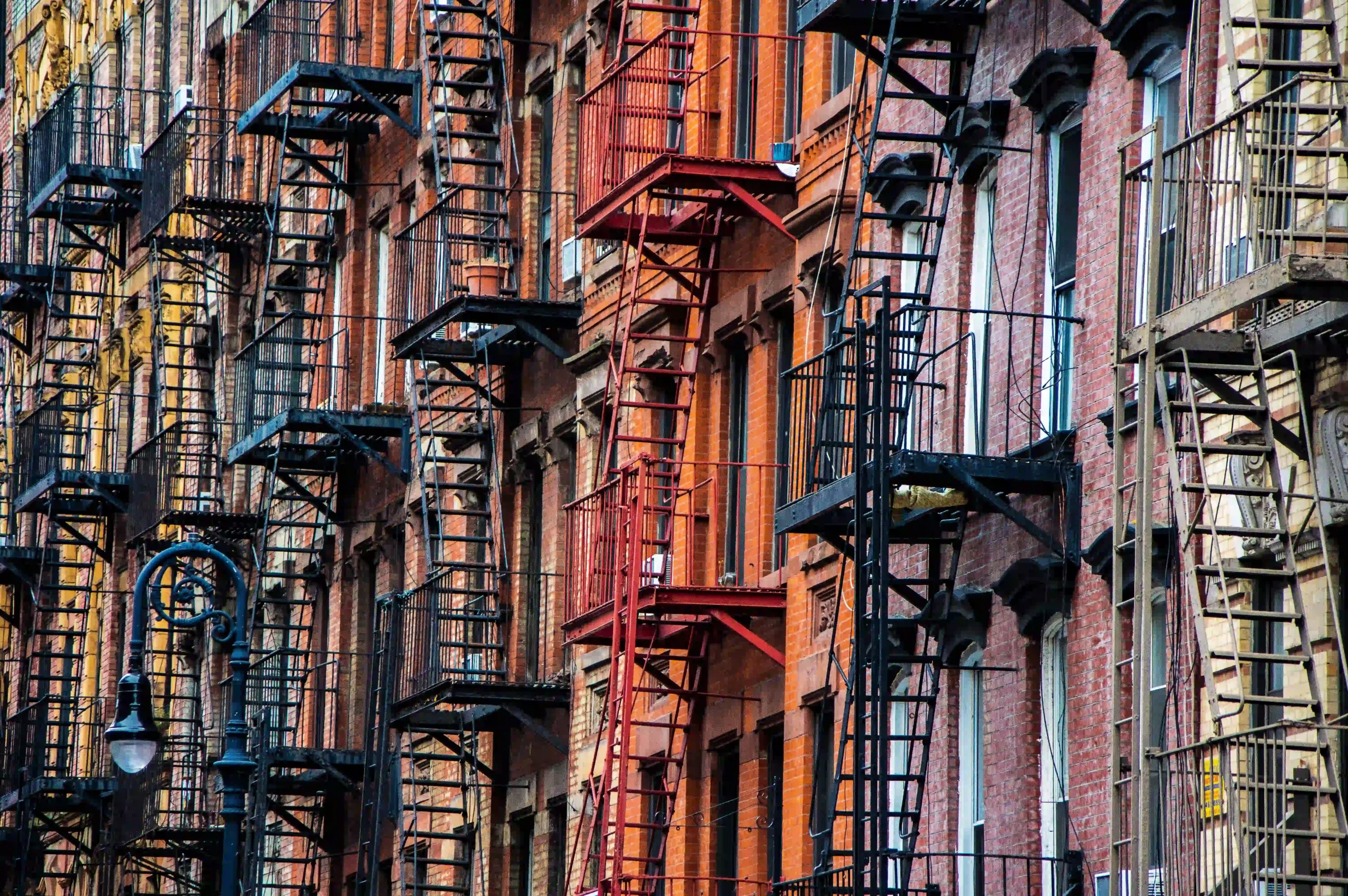One of the most frequent questions asked is whether a building owner is responsible for a person who falls because of a dangerous staircase. Our New York City personal injury lawyers who handle defective stairs are thoroughly familiar with the applicable New York Building Code and Multiple Residence and Dwelling Laws.

Where a staircase fails to conform to the minimum standards that the law requires, a building owner can be held responsible. One of the first building codes to address public safety was the 1938 Building Code of the City of New York which set safety specifications for exit stairs. So all stairs in buildings that are constructed after 1938 are required to conform to the minimum requirements of this Code, or later Codes, depending on when the building was constructed. Even under the 1938 Code, the New York City Building Code required that exit stairs, have handrails and the lack of a handrail constitutes a violation of the 1938 Building Code. Since stairs that lead to a landing from which a person must exit the premises qualifies as a required exit stairs under the 1938 Building Code, the Code applies.
Under the 1968 Building Code applies,even Interior stairs which are less than 44 inches in width must have a single handrail and stairs between 44 and 88 inches in width must have handrails on both sides. Likewise stairs greater than 88 inches must have a handrail in the middle of the staircase in addition to handrails on both sides.
Courts in New York have recognized where someone slips, trips and falls on a staircase and a required handrail is not present, then the lack of a required handrail is a cause of the fall and the building owner can be held responsible for the injuries sustained.
